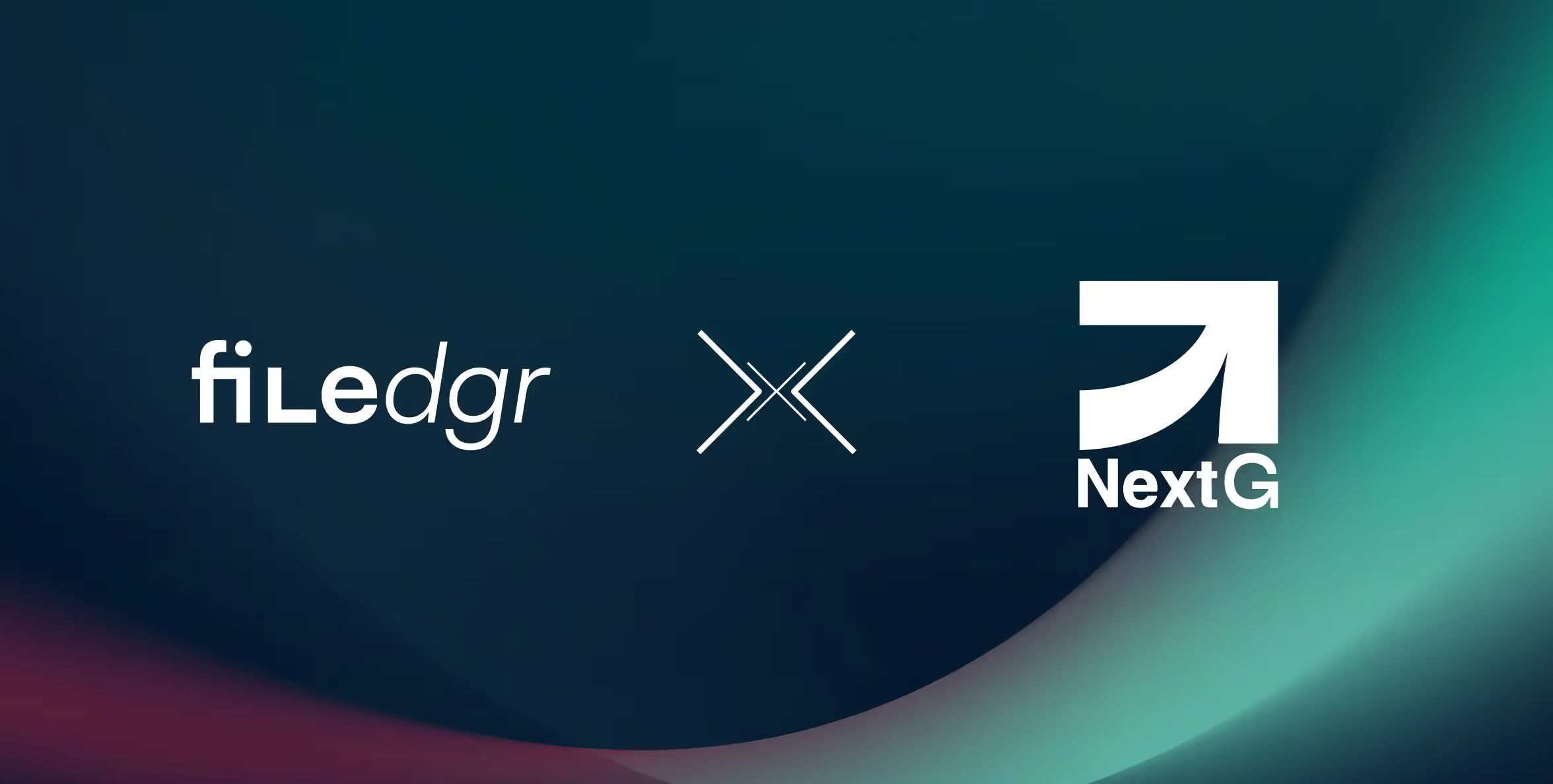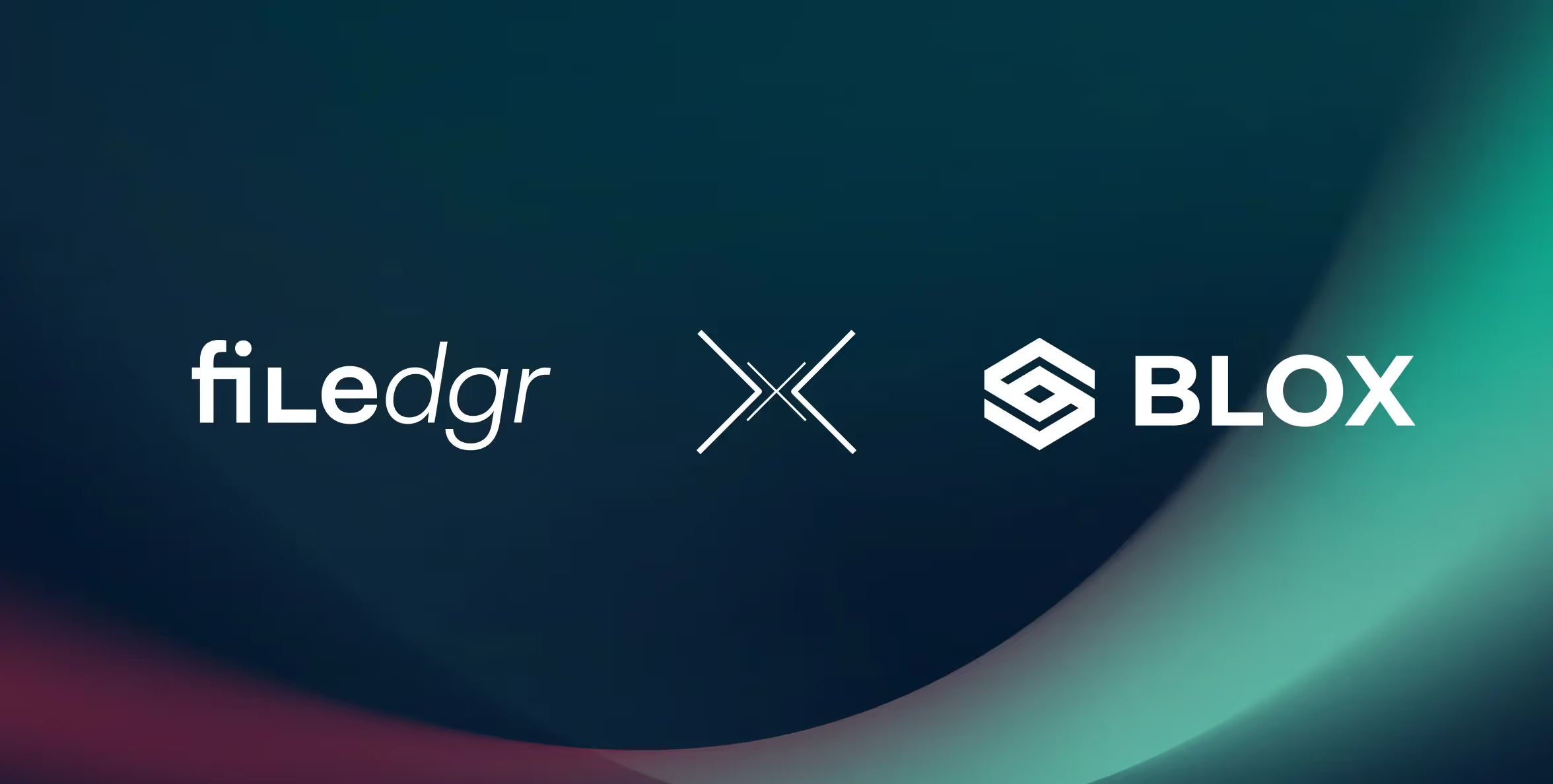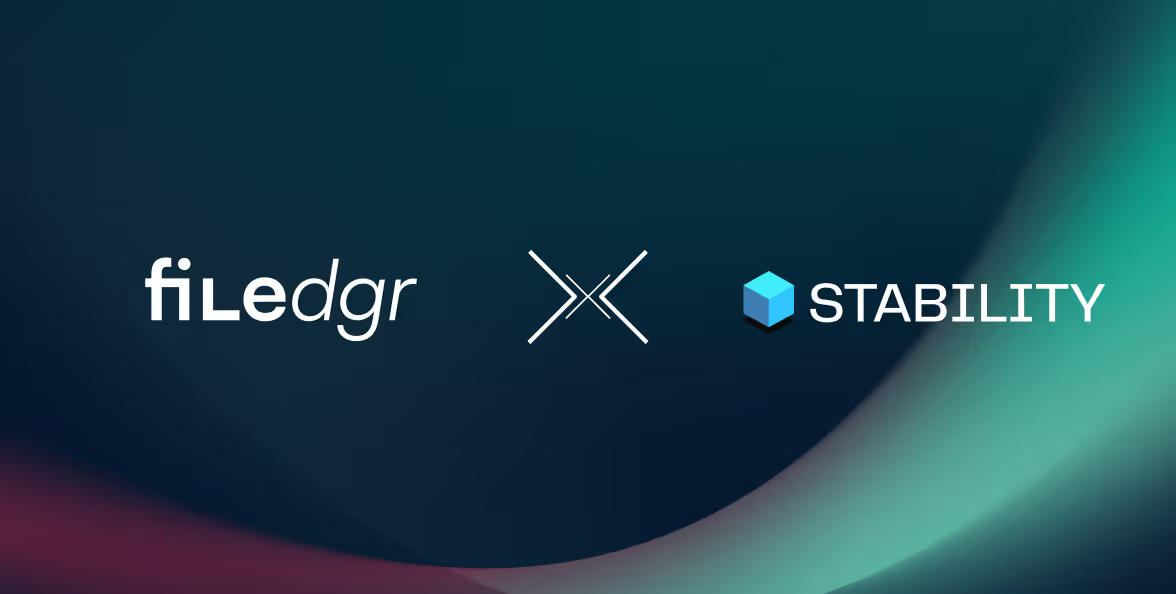How to protect against a supply chain attack?
Discover how 80% of supply chain attacks can be prevented using blockchain technology. Learn hidden risks, real-world case studies (Walmart, BASF), and actionable solutions to secure your operations.

Modern supply chains are marvels of efficiency, connecting thousands of businesses across continents to deliver products and services at unprecedented speed. But this complexity comes at a cost: vulnerability. According to IBM’s Cost of a Data Breach Report 2023, supply chain attacks now account for 19% of all breaches, with each incident costing businesses an average of $4.5 million. Worse, research by Gartner suggests that 80% of these breaches could be prevented with stronger visibility and accountability measures.
The problem isn’t a lack of effort. Businesses invest heavily in cybersecurity tools, audits, and compliance frameworks. Yet breaches persist because supply chains are only as strong as their weakest link—often third-party vendors with limited oversight. What’s missing is a way to ensure end-to-end transparency without sacrificing efficiency.
This is where blockchain technology enters the conversation. Not as a buzzword, but as a pragmatic solution to a systemic problem. By creating an immutable, shared record of transactions, blockchain offers businesses a way to monitor supply chain activities in real time, verify partners’ compliance, and reduce the risk of breaches caused by human error or malicious actors.
Let’s explore why traditional methods fall short, how blockchain fills these gaps, and what this means for CFOs, compliance managers, and business leaders looking to future-proof their operations.
Hidden Risks of Supply Chain Attacks in Modern Networks
Supply chains are ecosystems of trust. A manufacturer trusts a supplier to deliver quality materials on time; a retailer trusts a logistics partner to handle sensitive customer data securely. But this trust is often misplaced. Consider three critical vulnerabilities:
Opacity in Multi-Tier Networks
Most businesses lack visibility beyond their direct suppliers. A 2022 Deloitte survey found that 65% of companies cannot trace critical components back to their original sources. This blind spot leaves room for counterfeit parts, unauthorized subcontractors, and compromised data.
Fragmented Compliance Efforts
While tools like ERP systems track internal processes, they rarely integrate with external partners’ systems. A supplier might claim compliance with GDPR or ISO standards, but without real-time verification, these claims are little more than paperwork.
Human Error and Insider Threats
According to Verizon’s 2023 Data Breach Investigations Report, 74% of breaches involve human error, privilege misuse, or stolen credentials. Manual data entry, unsecured file sharing, and inconsistent access controls create loopholes that cybercriminals exploit.
Traditional solutions—stricter contracts, audits, or siloed databases—fail because they rely on outdated, reactive models. They address symptoms, not root causes.

Blockchain: A Blueprint for Trust and Transparency
Blockchain isn’t just for cryptocurrencies. At its core, it’s a decentralized digital ledger that records transactions in a way that is tamper-proof, time-stamped, and transparent to authorized participants. Here’s how it addresses supply chain risks:
1. End-to-End Visibility Without Central Control
Imagine a shared system where every participant—from raw material suppliers to retailers—logs transactions in real time. Each entry is cryptographically sealed, creating an unbroken chain of custody. For CFOs, this means:
- Real-time tracking of materials, payments, and data flows.
- Automated alerts for discrepancies (e.g., a shipment arriving late or from an unapproved vendor).
- Streamlined audits, with compliance data accessible in seconds instead of weeks.
A 2023 case study by Walmart and IBM demonstrated this in action. By using blockchain to trace mango shipments across 16 countries, Walmart reduced investigation time for contamination issues from 7 days to 2.2 seconds.
2. Immutable Records to Deter Fraud
Blockchain’s “write once, never alter” structure makes it nearly impossible to falsify records. For compliance managers, this eliminates disputes over certifications, emissions reports, or labor practices.
For example, Maersk’s TradeLens platform (prior to its 2022 discontinuation) used blockchain to digitize shipping documents, reducing paperwork errors by 20% and cutting costs caused by manual corrections.
3. Smart Contracts for Automated Compliance
Smart contracts—self-executing agreements coded into the blockchain—enforce rules automatically. If a supplier fails to meet predefined conditions (e.g., safety standards or delivery timelines), payments can be withheld, or orders rerouted without human intervention.
This isn’t theoretical. BASF, the chemical giant, uses blockchain smart contracts to ensure ethical sourcing of palm oil. Suppliers that violate sustainability policies are automatically flagged and excluded from future orders.
Why Blockchain Stops Supply Chain Attacks Where Other Tools Fail
Blockchain’s value lies in its ability to align incentives across fragmented supply chains. Unlike centralized databases controlled by a single entity, blockchain distributes authority among participants. This shared accountability model reduces the “blame game” that often follows breaches.
Take the 2013 Target breach, where hackers infiltrated the retailer’s network through a third-party HVAC vendor. With blockchain, Target could have:
Required vendors to log security certifications on a shared ledger.
- Monitored access permissions in real time.
- Automated alerts for unusual login attempts.
Instead of relying on annual audits, blockchain creates a culture of continuous compliance.
Implementing Blockchain to Mitigate Supply Chain Attacks: A Roadmap for Leaders
Adopting blockchain doesn’t require overhauling existing systems. Most solutions integrate with legacy software via APIs. Here’s how to start:
- Map Critical Vulnerabilities
- Identify high-risk nodes in your supply chain (e.g., vendors handling sensitive data or regulated materials).
- Build a Consortium
Collaborate with key partners to co-develop a blockchain network. Start small—a pilot with 3–5 trusted suppliers can demonstrate ROI quickly.
Prioritize Use Cases
- Focus on high-impact areas first:
- Tracking regulated materials (e.g., conflict minerals).
- Securing IoT device data in logistics.
- Automating customs documentation.
- Measure and Scale
- Use metrics like breach reduction, audit costs, and process efficiency to validate success.
Conclusion
Supply chain breaches aren’t inevitable—they’re the result of systems built for a simpler, slower era. Blockchain offers a way to rebuild trust in an interconnected world. For CFOs, the ROI is clear: fewer fines, lower insurance premiums, and stronger customer loyalty. For compliance managers, it’s a tool to replace guesswork with certainty.
As industries from automotive to pharmaceuticals adopt blockchain, early movers are gaining a competitive edge. The question isn’t whether your business can afford to invest in this technology—it’s whether you can afford not to.
By 2025, Gartner predicts that 30% of supply chains will use blockchain for transparency. Will yours be among them?
Book a call to prevent supply chain attacks.
Sources:
IBM, Cost of a Data Breach Report 2023: IBM Report
Gartner, Supply Chain Technology Trends 2024: Gartner Press Release
Deloitte, 2022 Global Supply Chain Compliance Survey: Deloitte Survey
Verizon, 2023 Data Breach Investigations Report: Verizon DBIR
Walmart-IBM Blockchain Pilot Case Study: IBM Case Study
BASF Blockchain for Sustainable Palm Oil: BASF Press Release
Get started today
Stay ahead of audits and evolving regulations with verified integrity.
Get in touch to learn more.












